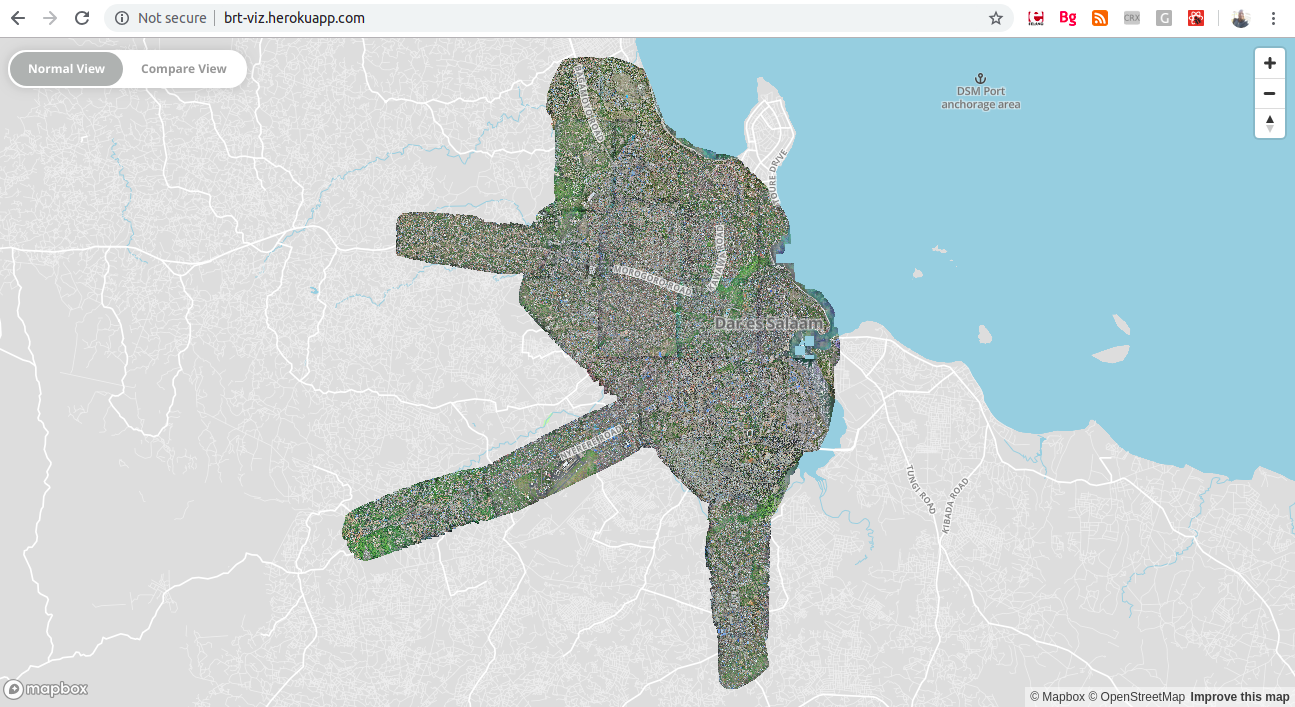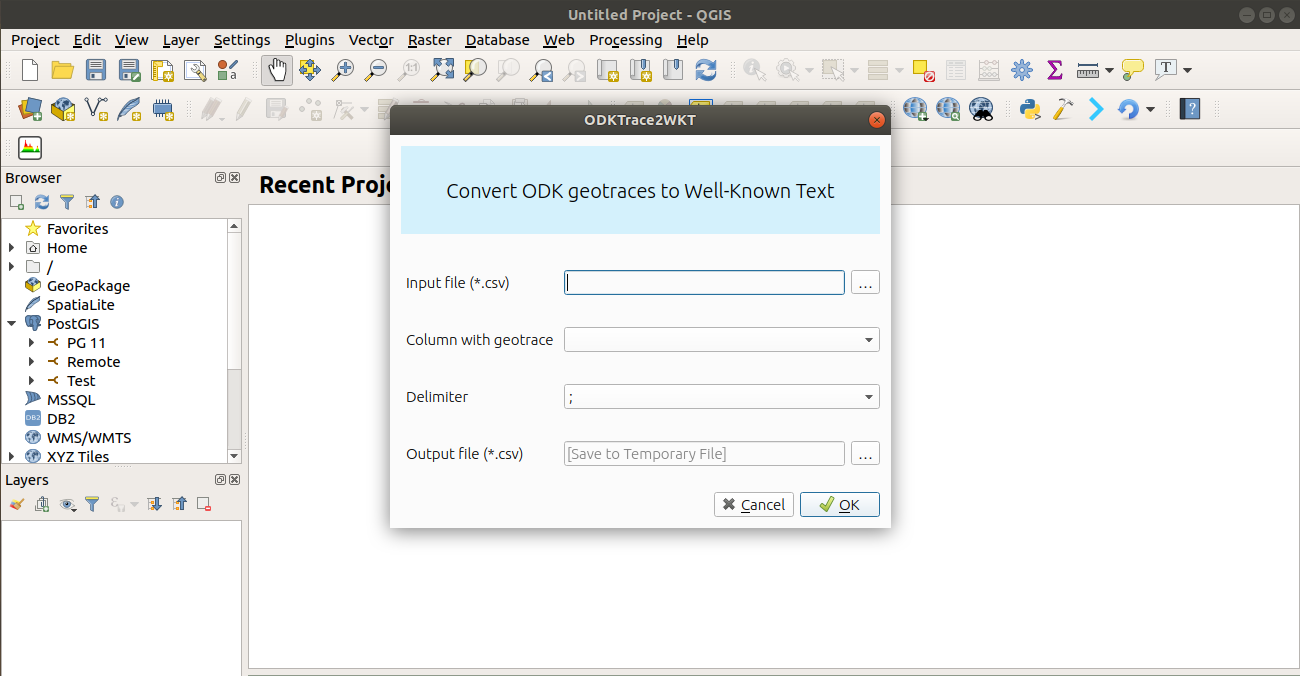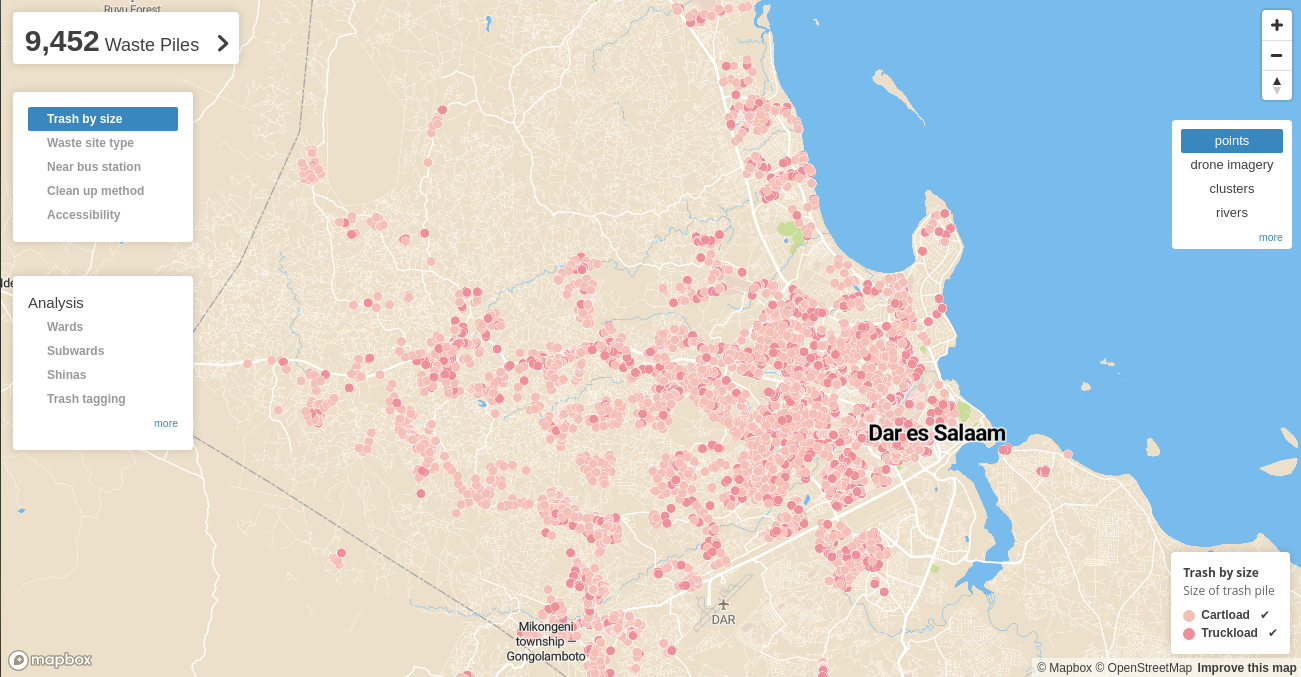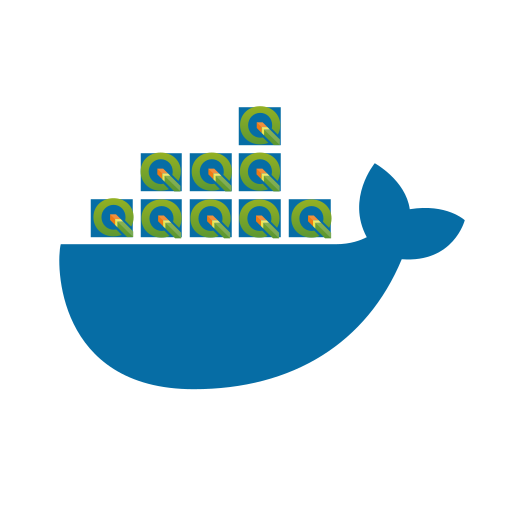
Using AI in Trash Detection
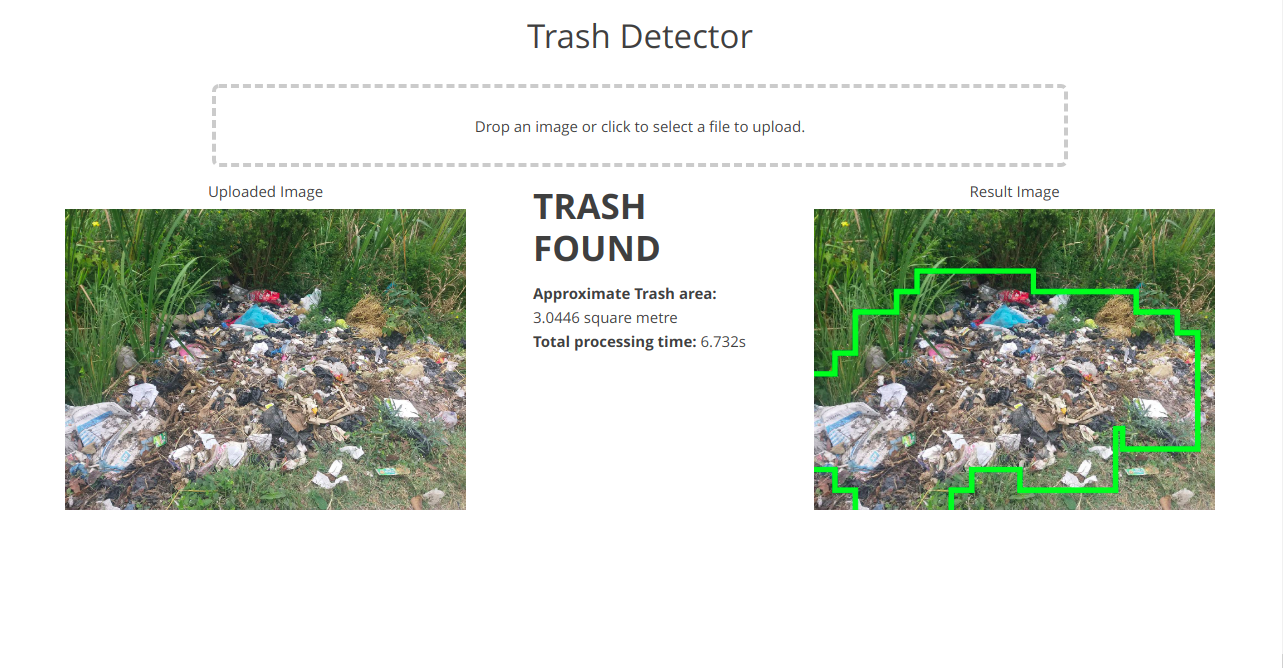
Trash detection web application interface
Trash detection from mapping images
During the trash mapping activity here, some of the collected trash images didn’t contain waste. This was mostly because certain photos were taken at legal dump sites, which weren’t clearly marked during data collection.
One of the main issues was that the data collection process didn’t include any form of tagging to specify whether an image contained waste, whether it was a legal or illegal dumping site, or if there was any visible trash at all. This lack of metadata posed a challenge for filtering and interpreting the dataset effectively.
To solve this, I decided to build a simple web application that can automatically detect whether an image contains trash. The purpose of this tool is to assist in post-processing the mapping data by tagging images based on the presence or absence of visible waste. This step helps to clean up the dataset and make it more useful for further analysis, decision-making, or public awareness campaigns.
The result application can be found here.
Once the tool was ready, I ran it on the full set of collected images. The results were visualized through an interactive web app. You can explore these insights by navigating to the
Analysis menu and selecting the Trash Tagging option. This section provides a breakdown of how many images
were flagged as containing waste versus those that weren’t, as well as other related statistics.
In terms of performance, the tool achieved a rough accuracy of about 60%, meaning that 6 out of every 10 images were correctly tagged in terms of trash presence. While this is far from perfect, it’s a useful first step toward automating the cleanup and classification of large image datasets gathered in the field.
Going forward, I plan to improve the tool’s accuracy and possibly incorporate manual review options or allow users to contribute to labeling images. This could help create a more reliable and scalable system for waste detection in mapping projects.
If you’re interested in contributing, testing the tool, or sharing feedback, feel free to get in touch!

